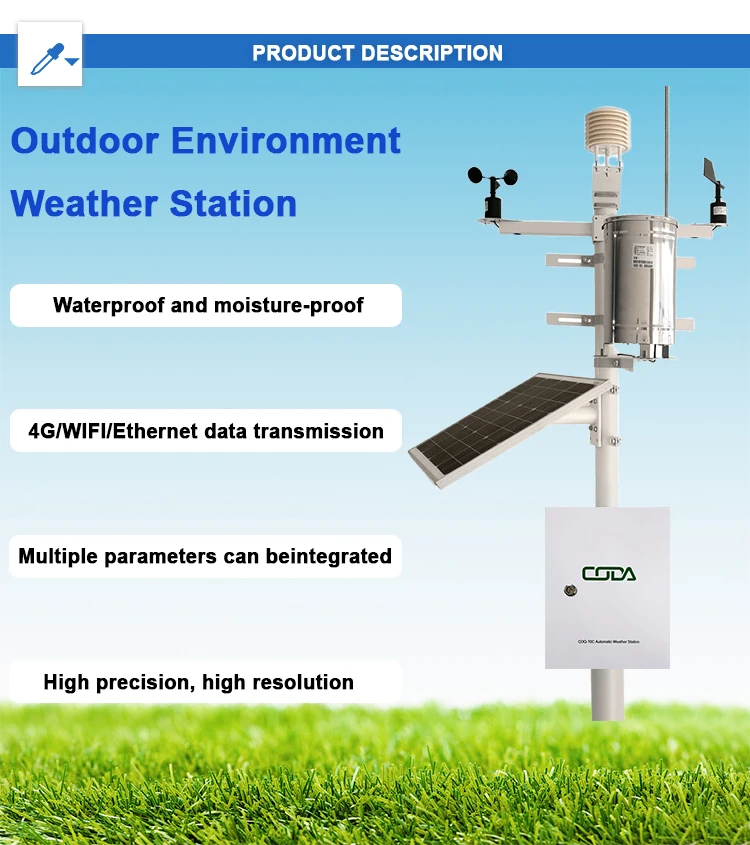
# Automatic Weather Station: Definition and Functionality
## What is an Automatic Weather Station?
An Automatic Weather Station (AWS) is a sophisticated system designed to collect and transmit meteorological data without the need for constant human intervention. These stations are equipped with various sensors that measure atmospheric conditions such as temperature, humidity, wind speed and direction, rainfall, barometric pressure, and solar radiation.
AWS systems have become increasingly important in modern meteorology, agriculture, aviation, and environmental monitoring due to their ability to provide continuous, real-time weather data from remote locations.
## Key Components of an Automatic Weather Station
A typical automatic weather station consists of several essential components:
– Sensors: These measure various weather parameters
– Data logger: Collects and stores measurements from the sensors
– Power supply: Usually solar panels with battery backup
– Communication system: Transmits data to central servers
– Mounting structure: Supports the entire system
## How Automatic Weather Stations Work
The functionality of an AWS can be broken down into several key processes:
1. Data Collection: Sensors continuously monitor environmental conditions
2. Data Processing: The data logger converts sensor readings into digital format
3. Data Transmission: Information is sent via radio, satellite, or cellular networks
4. Data Analysis: Received data is processed and analyzed by meteorologists
## Applications of Automatic Weather Stations
Automatic weather stations serve numerous purposes across different sectors:
– Weather forecasting and climate research
– Agricultural planning and irrigation management
– Aviation weather monitoring
– Hydrological studies and flood prediction
– Renewable energy production optimization
– Environmental monitoring and pollution studies
## Advantages of Using Automatic Weather Stations
The implementation of AWS offers several significant benefits:
– Continuous, real-time data collection
– Operation in remote and inaccessible locations
– Reduced human error in measurements
– Cost-effective compared to manual stations
– Ability to monitor microclimates
– Integration with other environmental monitoring systems
## Future Developments in AWS Technology
As technology advances, automatic weather stations continue to evolve with improvements in:
– Sensor accuracy and durability
– Energy efficiency and power management
– Data transmission speed and reliability
– Integration with IoT and smart systems
– Artificial intelligence for data analysis
– Miniaturization of components
Automatic weather stations represent a significant advancement in meteorological data collection, providing reliable, timely information that supports decision-making across multiple industries and contributes to our understanding of weather patterns and climate change.
Keyword: what is automatic weather station